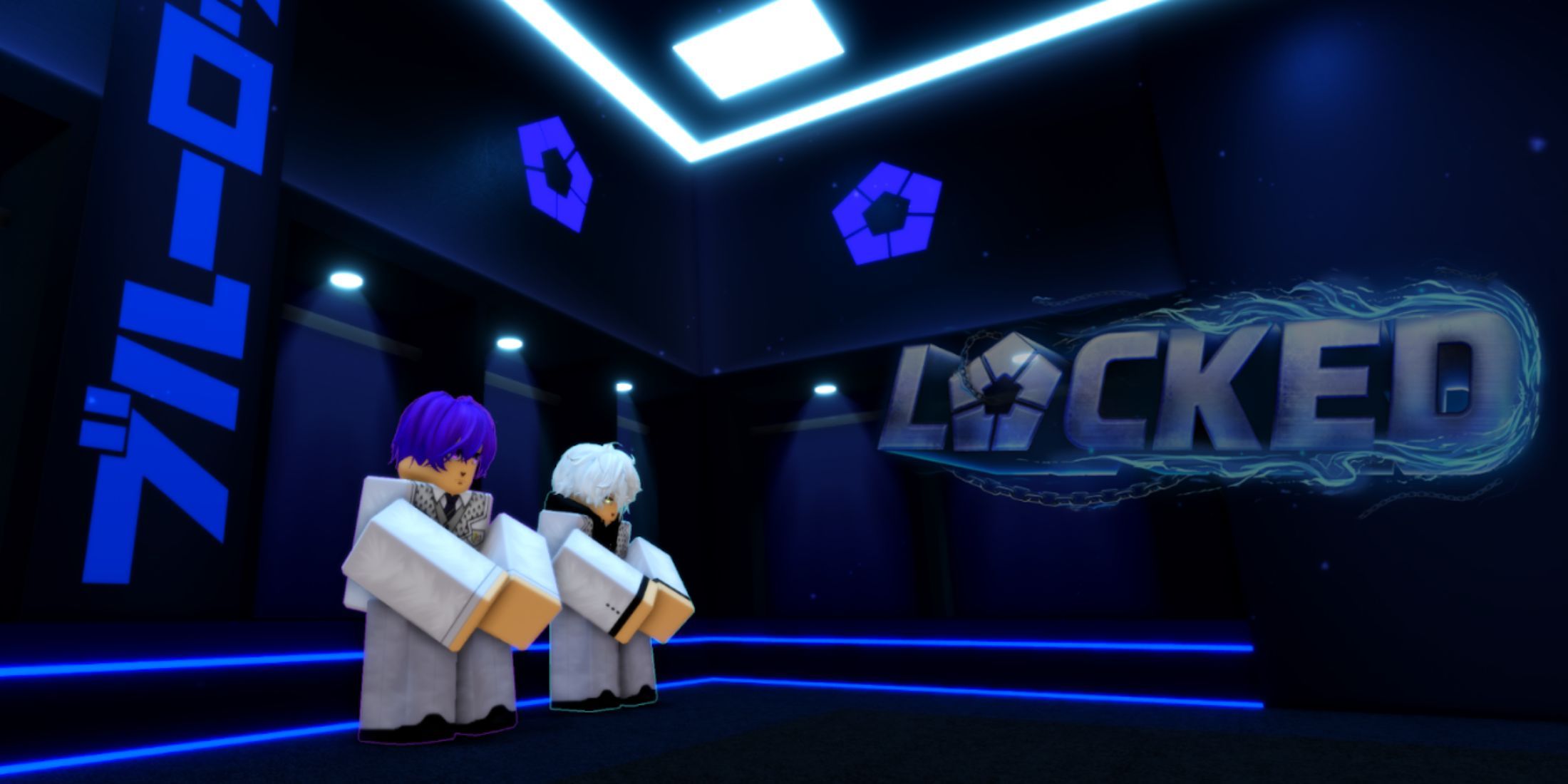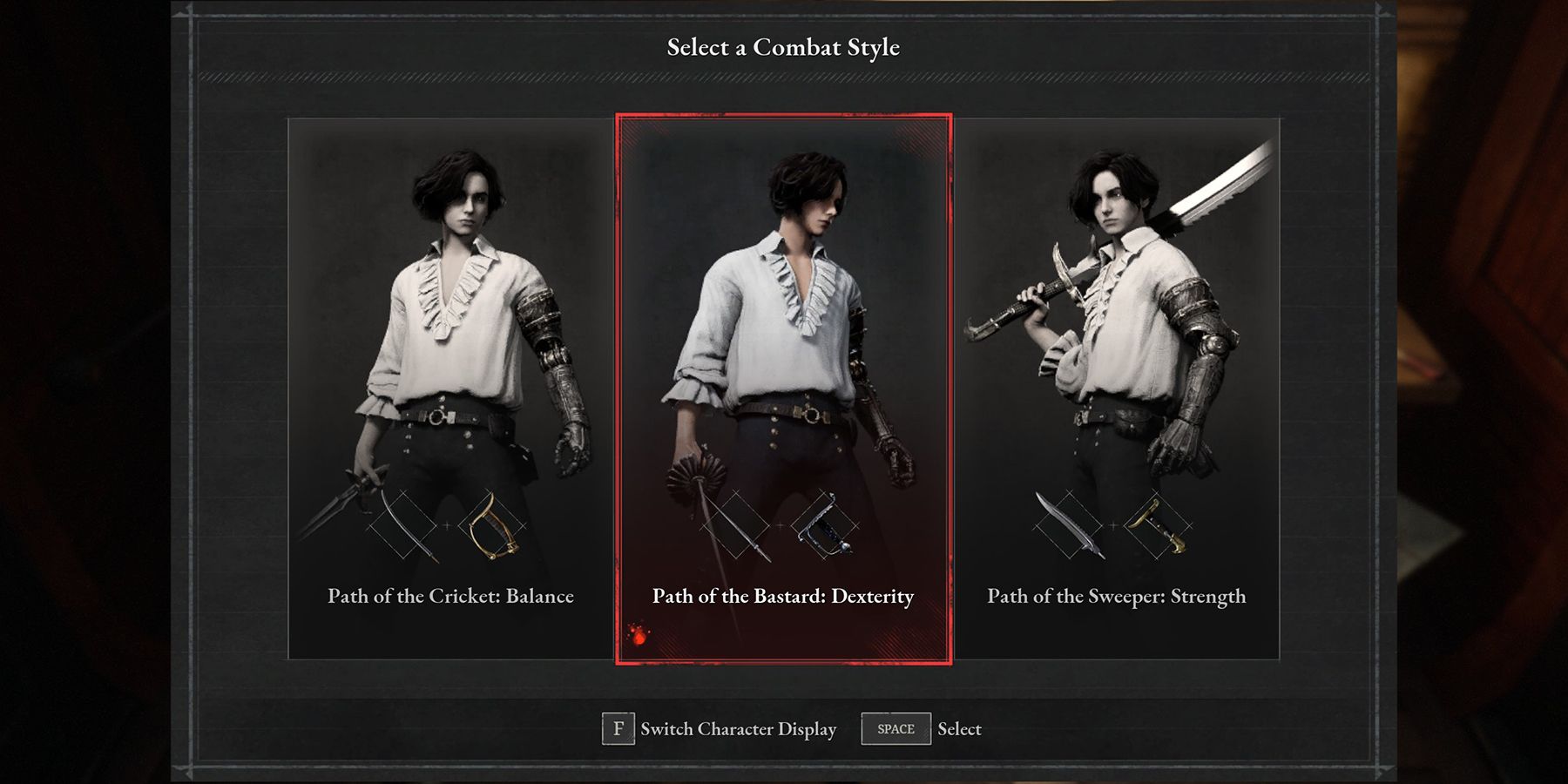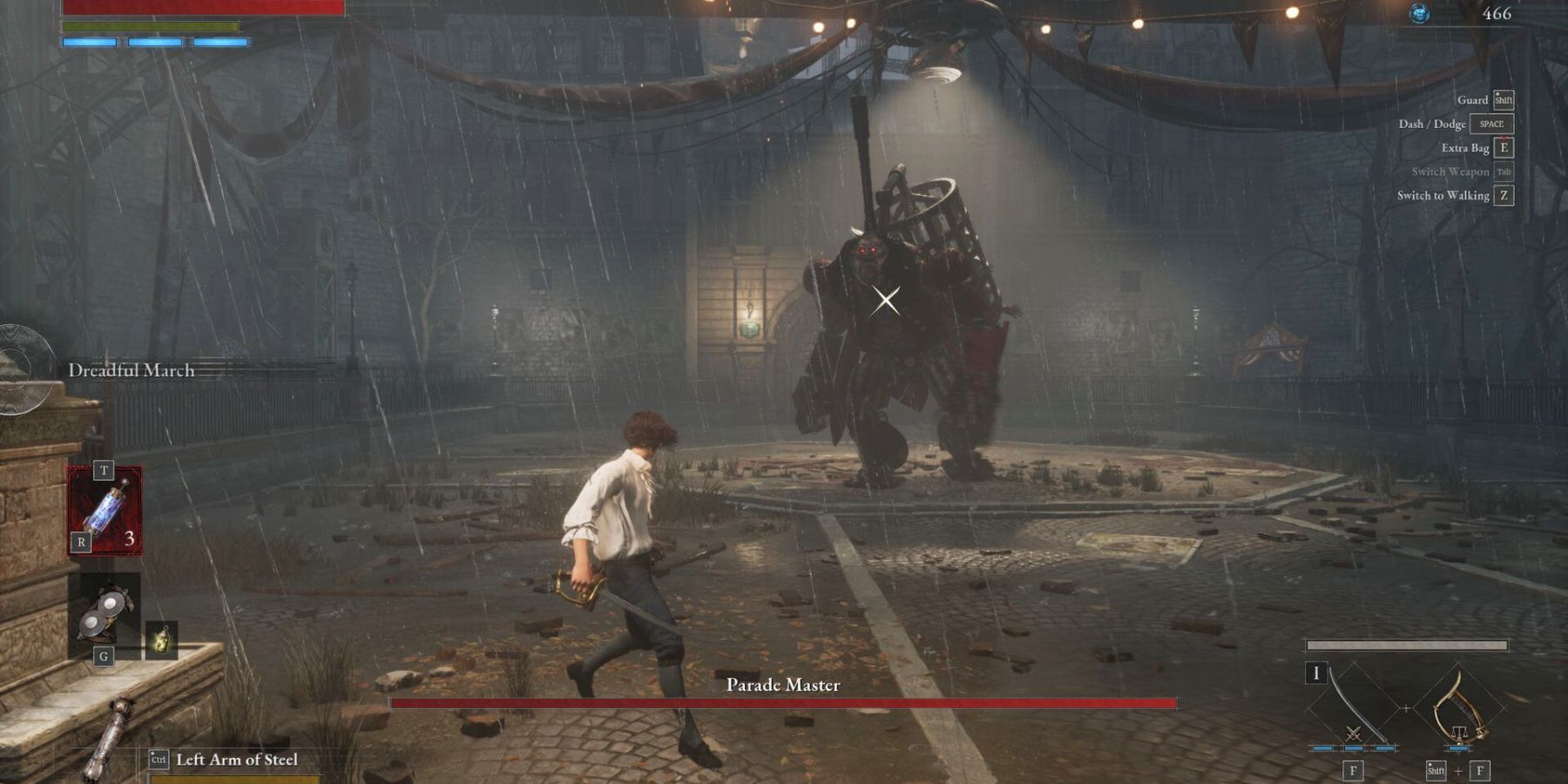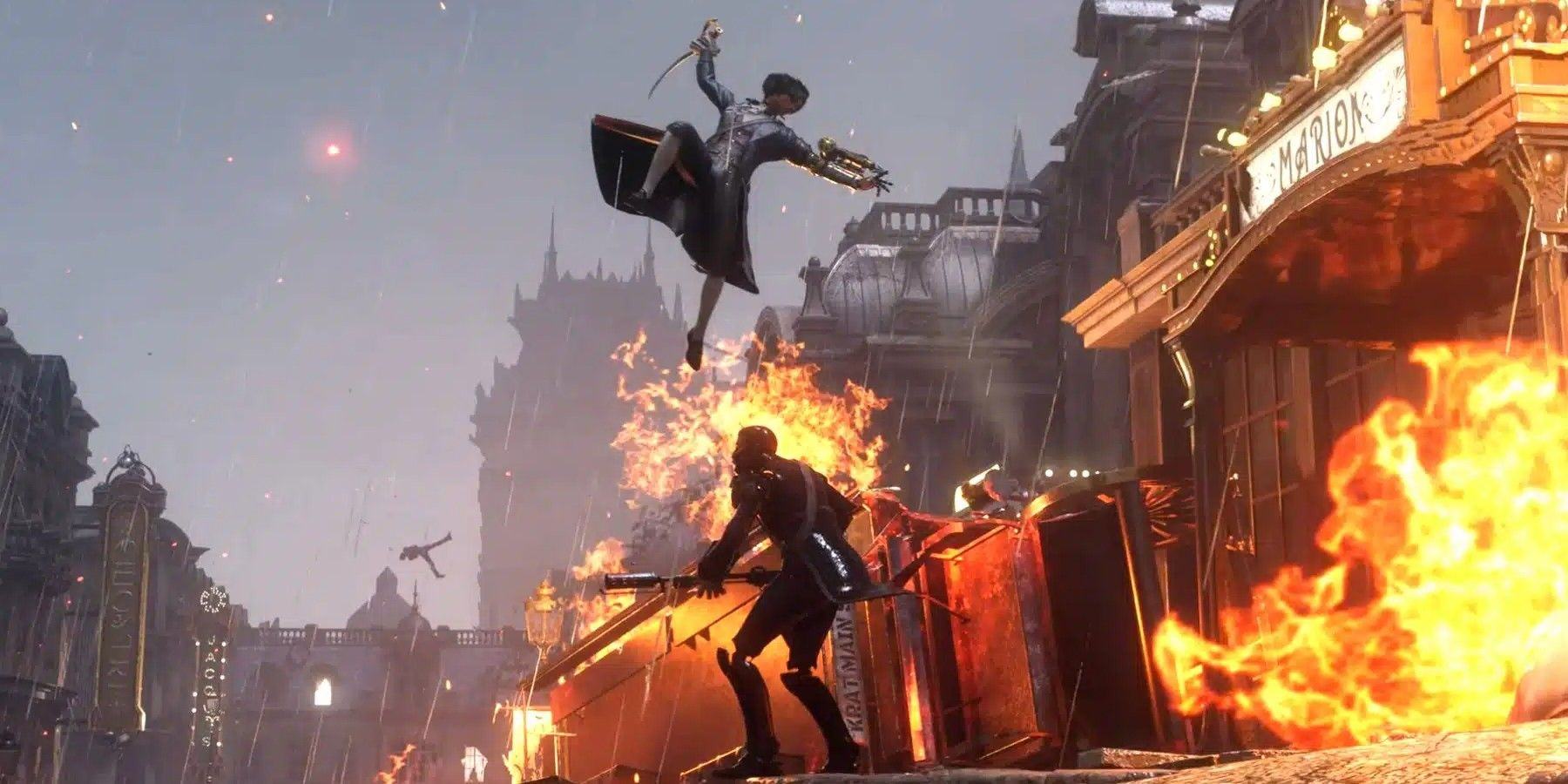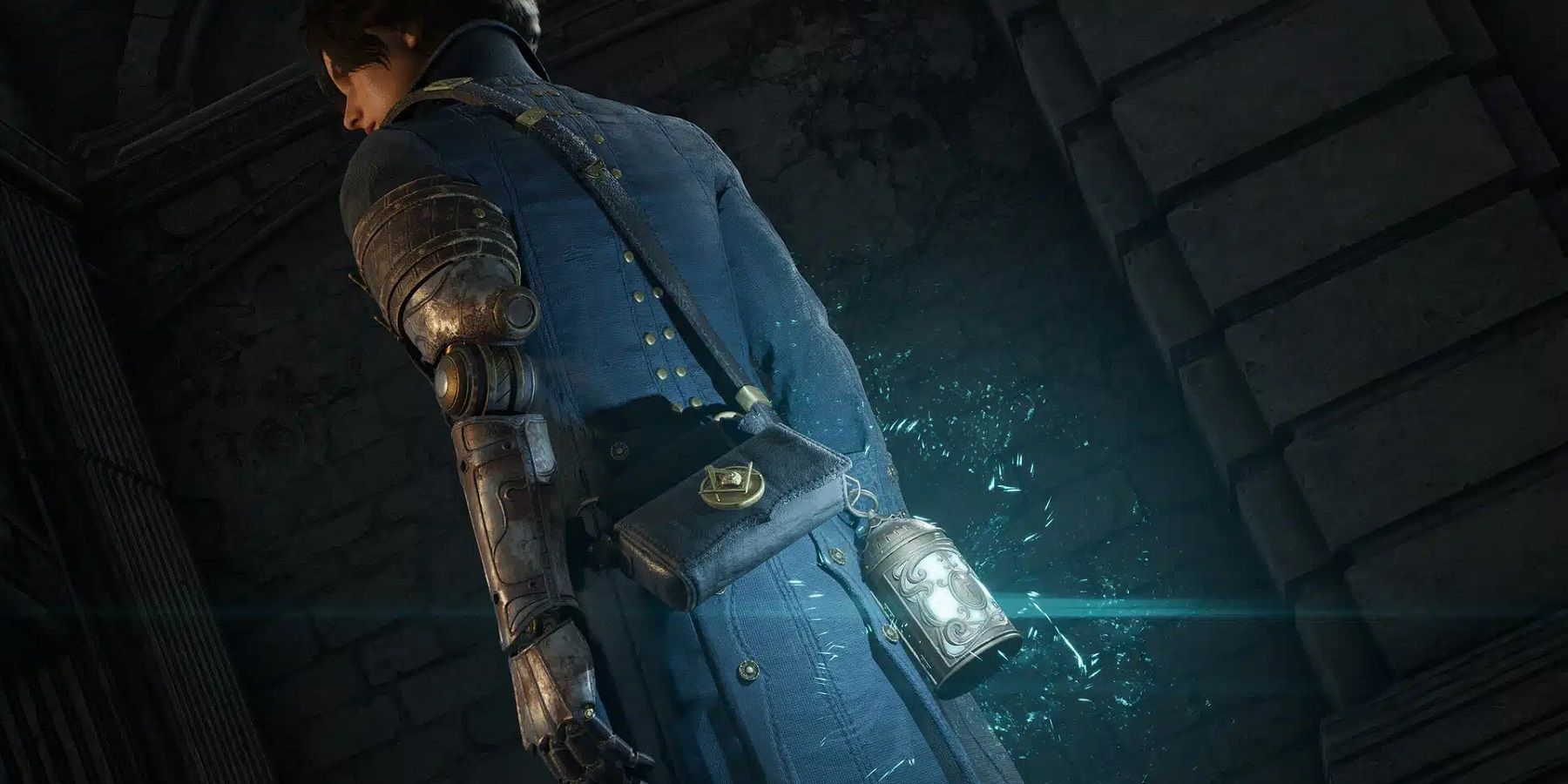Lies of P is a forthcoming Soulslike retelling of Carlo Collodi's classic Pinocchio fairytale. Set in the Belle Epoque-inspired city of Krat, players must battle an army of rogue automatons and discover the truth behind the events that have plunged the metropolis into ruin. True to Pinocchio's roots as a morality tale, Lies of P boasts a lies-versus-truth choice system that will present players with difficult decisions as well as challenging combat.
Game ZXC recently spoke with director Jiwon Choi and producer H.Sun Choi of Neowiz about Lies of P's different combat styles, Bloodborne comparisons, the game's variety of Legion Arm and Fable Arts abilities, and more. The following transcript has been edited for brevity and clarity.
Q: How did the team come up with the idea for Pinocchio's three combat styles, and what are the pros and cons of each?
Jiwon Choi: We wanted to offer a sort of starter guide for players unfamiliar with the character progression system in the Soulslike genre. We wanted to give players enough idea of how the progression system works while showing them a hint of their future experience in Lies of P. Each style focuses on different stats. The choices players make will immerse them in diverse combat encounters, even if they aren't familiar with the system.
Path of Bastard will allow players to wield a nimble and agile combat style. This path has more stamina than other paths, which makes players attack more and avoid the risk better. However, this path does not align well with heavy weapons that can do substantial damage in a single blow. Also, damage from their enemies would be more critical. We recommend this path to players who enjoy quick moves and flashy controls.
Path of Sweeper is the exact opposite of the Path of Bastard. Players with stamina, which requires players to make decisions on their actions every split second in combat. This path excels with weapons that are heavy, slow, and have high attack and guard abilities. Furthermore, the larger capacity from this path grants players easier access to a variety of weapons and armor.
Path of Cricket seeks the balance in between. Players treading this path experience a more stable position. Opt for the Path of Cricket if you're uncertain which style suits you best. Beginning with this path can serve as a strategic approach, allowing you to identify your preferred style and then tailor your status upgrades accordingly. This style is particularly favorable for those seeking a unique combat identity of their own.
Q: Which of the three combat styles would you recommend for players who are brand new to Soulslikes?
H. Sun Choi: Every path holds its own allure, making it hard to pick among them. I personally find myself still a newcomer to the Soulslike genre, and Path of Bastard fits well for me.
We recommend not rushing, taking time, and trying all three paths in the early stage of the game. The moment when you discover weapons and styles that align seamlessly with you and overcome the challenging bosses with those weapons and styles, the game starts to get better and better.
Q: The Legion Arm is a big feature in Lies of P - how many are there in the game, and how did you decide on including this feature?
Jiwon Choi: Soulslike is a combat-heavy genre and is all about players’ decision-driven combat tactics and approaches. The Legion Arm system is designed to extend the diversity in combat for players. We aim to provide more options players can leverage in combat by utilizing unique skills and abilities from Legion Arms to elevate the dynamic of combat in the Lies of P. You will find eight distinctive Legion Arms in the final release.
Q: What about Fable Arts - how many are there, and how did this feature come about?
Jiwon Choi: Once you have collected all the weapons at your disposal, you will have access to around 60+ Fable Arts from your collection. We have the Weapon Assemble system in Lies of P, which allows you to disassemble and recombine blades and handles, crafting personalized weapons. Fable Arts were introduced to the game to accentuate this system. We believe it allows you to maximize your unique weapon recipes not only with regard to the stats but also with the Fable Arts that accompany the handles and blades.
Q: What are the goals for Lies of P’s player progression and ability upgrades?
Jiwon Choi: The goal is to cater to the individual player's preference. We tried to go beyond the leveling system, adding aspects such as the Legion Arms, P-Organ, Weapon Assemble system, and more to allow players to personalize their character to fit their preferred playstyle as much as possible.
Q: As a Soulslike, how does Lies of P draw from genre conventions and what areas does Lies of P break out from that formula?
Jiwon Choi: The Soulslike genre is renowned for its challenging nature, and often dismissed as merely 'difficult to play.' We believe that this is the genre convention, meaning it’s not just hard but also fosters player growth through experience and decision-making. This characteristic of the genre is reflected in Lies of P as well. Within the game, players can promptly identify this core convention in both combat dynamic and level design.
We are careful to say we broke out from the formula entirely, but we put in a lot of effort to make the game more accessible to newcomers to the genre. Our goal was to make the game more welcoming to players who don’t have Soulslike experience. We want as many people as possible to experience the fun of this genre and find it as compelling as we do.
Q: How approachable would you consider Lies of P for those new to the Soulslike experience, and how challenging would you consider it for Soulslike veterans?
H. Sun Choi: We have crafted multiple features in Lies of P to help newcomers to the Soulslike genre and hope they can leverage these systems to grasp the essence of the genre and engage with it more easily.
It will be a thrill to watch how seasoned veterans of the genre will harness the new combat dynamics and features in Lies of P. It always surprises us how seasoned players of the genre can be so innovative in strategies and approaches to challenges. We believe Lies of P will offer a formidable challenge to those veterans with a high degree of combat freedom and complexity that will put their skills to the test.
Q: Lies of P features a slightly milder death penalty compared to other Soulslikes. For instance, your resources decrease rather than completely disappear. You can also regain a final healing cell with repeated attacks. Were these mechanics meant to make this game a little easier to get into?
Jiwon Choi: Yes, exactly. Ergo and the Pulse Cell charge system is a good example of helping newcomers to the genre. We hope it helps players to settle in more easily.
Q: Repair and durability mechanics can be very polarizing among players. Did you try to alleviate those frustrations by making the grindstone for weapon repair into an infinite resource?
Jiwon Choi: Indeed. We didn't want players to feel burdened by a restricted number of repairs as the durability system is not to punish players for their gameplay. We aimed to make the durability and repair system to enhance strategic depth in combat and weapon performance. We believe this system will contribute to a more engaging and satisfying gameplay experience.
Q: It seems a lot of effort went into capturing the weight of critical hits in Lies of P. What qualities help you achieve that effect, both mechanically and artistically?
Jiwon Choi: Capturing the weight of critical hits (we call them Fatal Attacks in the game) is a collaborative effort across technology, art, and sound. We all agree that this is a very important aspect of action games, so from the very beginning of the project, the team diligently invested our efforts and resources into the process with meticulous technical prototyping for each weapon and damage type while collaborating with the art and audio team to ensure to deliver the best outcome.
Q: Lies of P features a variety of challenging bosses. How did the studio tackle each of these enemies? Did you come up with mechanics first and then theme an enemy or character around them, or were the characters already settled on when abilities and mechanics were decided upon?
Jiwon Choi: We took different approaches for each boss. Once we outlined the overarching gameplay progression, we prioritized defining the key experiences that we wanted players to encounter. In Lies of P, it could be combat dynamic, the main narrative, the look, or the boss's setting, and so on. So, I think it's fair to say that every boss went through a different process individually.
Q: Build Variety and Depth are important elements of any Soulslike. Does Lies of P lean one way more than the other in variety vs. depth?
Jiwon Choi: We recognize the significance of both build variety and depth in a Soulslike game. If there is only diversity without depth, it's less appealing to players, so we wanted to make sure that the game offers both as much as possible. This equilibrium was central to our design philosophy, so we didn't want to just deliver a build that was only diverse.
Q: How different would you think endgame Lies of P builds are from early game builds? Could you provide any examples or teases?
H. Sun Choi: As players progress through the game, they will typically spend more time considering the build they are using. Players will need to be deliberate on their builds even if they are in the second run, third run, or beyond.
Q: What are your favorite builds to play in Lies of P?
Jiwon Choi: I can't speak for weapons or stats, but personally, I like to use everything I have at my disposal and overpower enemies with ease. I'm a man of tools!
Q: The Souls community is known for its challenge runs. Have there been any behind-the-scenes challenges attempted by devs? And what do you hope players might challenge themselves with at release?
Jiwon Choi: As developers, we engage in a lot of playtesting throughout the development process, as is the nature of developing a game. It might be not as fun to reveal exactly what we did so we can keep people on their toes, but we do have some speedrun competitions from time to time [laughs].
We already saw many players doing challenge runs in the demo such as speedrun, no damage, Legion Arms-only run, and more. So, we are thrilled to see the challenges players come up with when they play the full game. We expect those challenges to be beyond our imagination.
Q: As a Soulslike, Lies of P is inheriting a huge legacy from games like Bloodborne and Elden Ring. Developers have commented in the past that Bloodborne comparisons weren’t intentional, but how has seeing players compare the two impacted morale?
Jiwon Choi:Bloodborne is a very compelling and well-made game. Seeing players draw comparisons between Lies of P and esteemed titles like Bloodborne and Elden Ring is truly gratifying and has inspired the team to make a game that's worthy of being compared to them. It also motivated us to channel our concentration to develop Lies of P into the best version possible.
[END]
Lies of P releases on September 19 for PC, PS4, PS5, Xbox One, and Xbox Series X/S.

